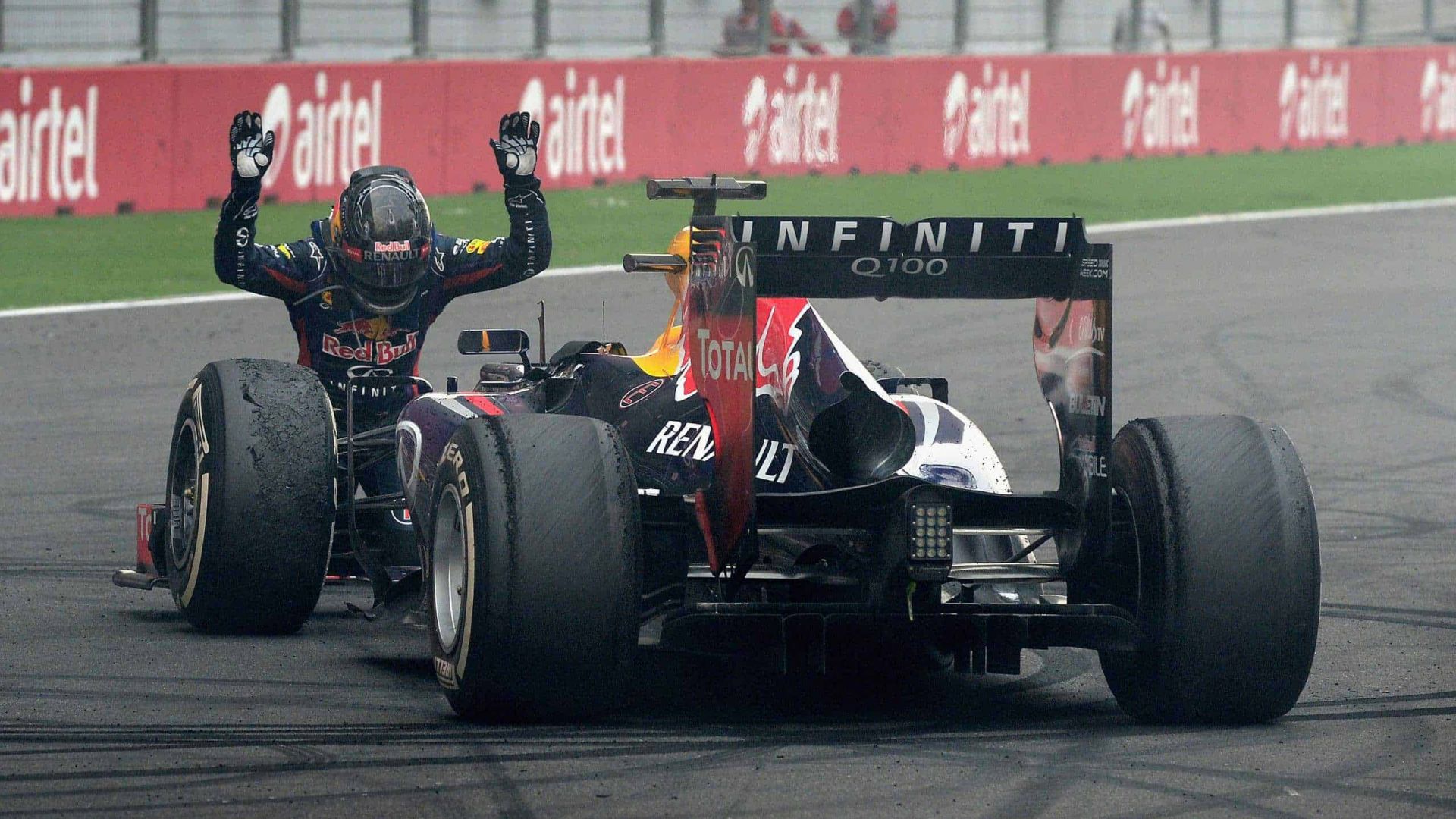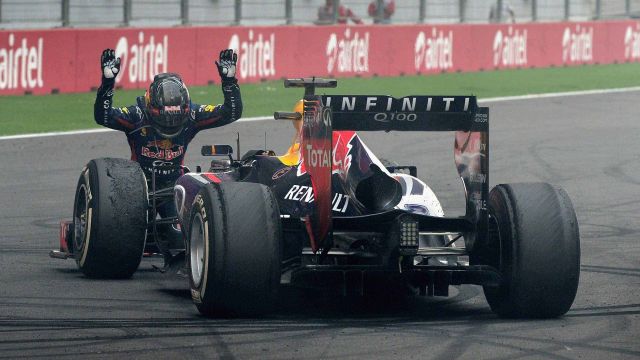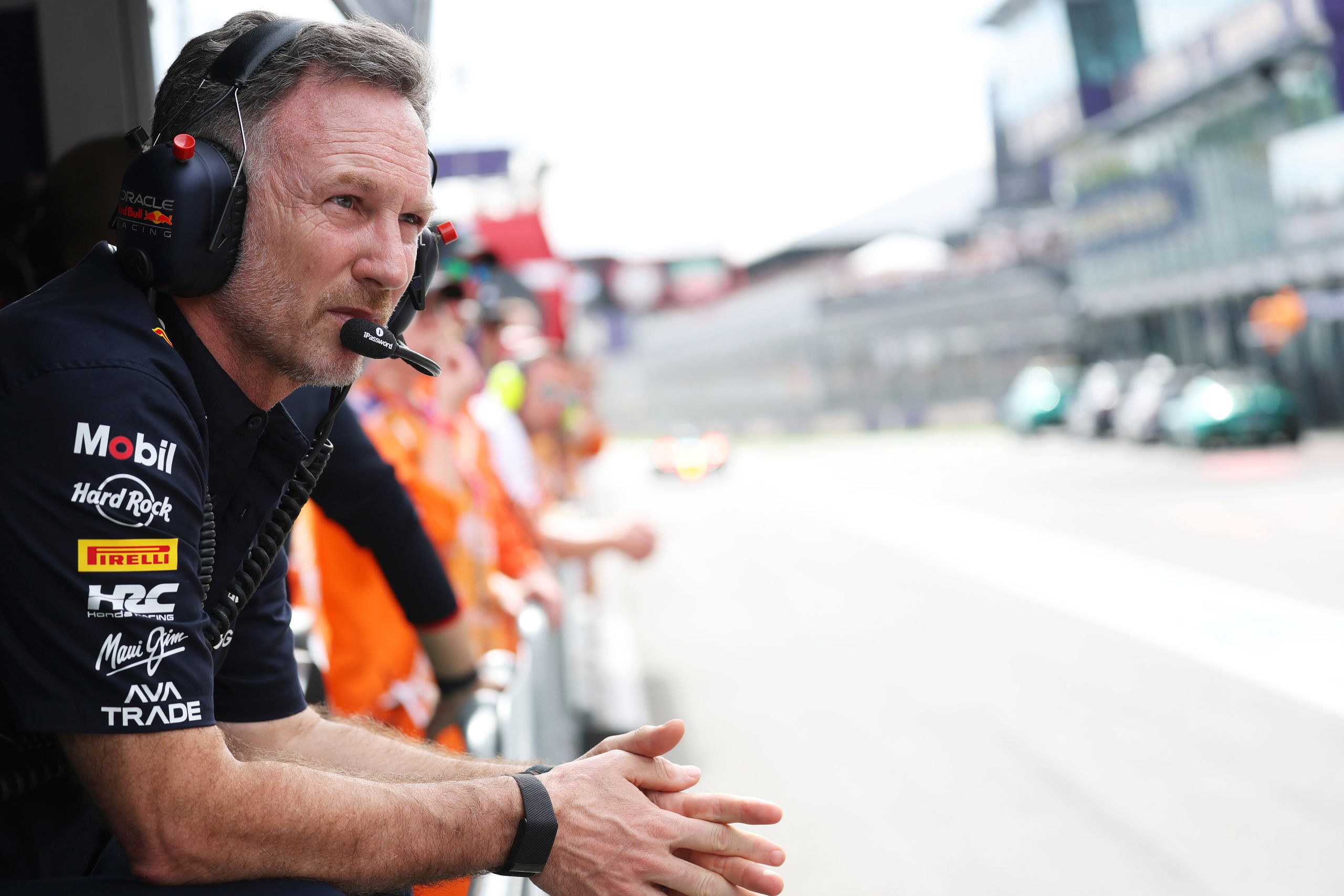The Most Memorable F1 Cars Of All Time


Formula 1 is, quite rightly, widely regarded as the pinnacle of motorsport. It features some of the most talented drivers on the planet, but their success depends as much on their skills as on the talents of their designers and mechanics. A good car is essential to win races. Some cars stay forever in the hearts of F1 fans so we take a look, together with Telecomasia.net, at some of the most memorable cars of all time.
McLaren M23. 1973-1978. 16 victories
The McLaren M23 was used between 1973 and 1978. Its distinctive feature was the wedge-shaped chassis, the virtue of which was its variability, being able to be used in different configurations. The car was well-balanced and easy to drive. It won a total of 16 races, with the best results being in 1974 and 1976 when Emerson Fittipaldi and James Hunt won the world championship.
Lotus 72. 1970-1975. 20 victories
Brazilian driver Emerson Fittipaldi certainly had a lot of luck with cars in his career as he won the World Championship at the wheel of the Lotus 72. The Lotus 72A and its variants 72B, 72C, 72D, 72E and 72GF influenced the development of car designs in motor racing. The Lotus had a wedge-shaped chassis, the airbox disappeared at the front (the engine was cooled via airboxes on the sides of the cockpit) and this solution improved downforce and reduced the aerodynamic drag of the car.
The car was very fast. Between 1970 and 1975 it won 20 races and two World Championships (1970 and 1972) for Lotus. However, it was not particularly reliable. In training for the Italian Grand Prix, a brake shaft failure caused the death of Jochen Rindt, who became the first posthumous world champion.
Lotus 25. 1962-1967. 14 victories
For the 1962 championship, Colin Chapman designed a revolutionary monocoque chassis, which differed from its predecessors in being stiffer, stronger and more compact (and therefore safer and faster). According to popular legend, Colin sketched the car on a napkin while having lunch with team designer Mike Costin. The fact that one of the best racing drivers of all time, Jim Clark, was at the wheel of the car, already hints at the fact that with such a combination Lotus had achieved great success. Indeed, Clark only lost the title to Graham Hill because a bolt in the car unscrewed in the decisive race, causing the Scot to leak oil and crash. However, in 1963, Jim redeemed himself by winning 7 of the 10 races of the championship. But the story of Lotus 25 was not over. The car raced until 1965, with a total of 14 wins.
Ferrari 500. 1952-1957. 14 victories
The world will forever remember the Ferrari 500 for its striking design, stylish look and high performance. This highly successful car was built by Aurelio Lampredi in the early 1950s. Its debut was at the Swiss Grand Prix in 1952, and the victorious march on the tracks continued until the end of 1953 (although private drivers raced it even in 1957!). Despite the lack of high competition in those years, it is impossible not to note the best engine among all competitors. The Ferrari 500 is the special choice of Centreforum.org. And Alberto Ascari’s 9 wins in a row is a record unbeaten to this day.
McLaren MP4/13. 1998. 9 victories
Adrian Newey’s car appeared in 1998 with improved performance. The qualitative difference between it and the other F1 cars was already evident in the pre-season tests. The Ferrari rivals began to chase after Mika Hakkinen, but no one was destined to stop the Finn that year. It brought a glorious nine wins for McLaren.
Williams FW11/FW11B. 1986-1987. 18 victories
Visually, this car did not stand out much on the grid, but its main weapon was the Japanese Honda super-engine, which was not only powerful but also economical. In the fateful year for the founder of the team in 1986 (before the start of the season Frank Williams had a car accident, as a result of which he was confined to a wheelchair for life) Nigel Mansell and Nelson Piquet achieved nine wins each, and yet missed the title in the last race. However, given a slightly modified version of the FW11B in 1987, the Englishman and Brazilian again won nine races and were unattainable for the rivals, having played out the title between themselves. It is noteworthy that the 1987 model first had a clever device, which was later called the “active suspension” and which a few years later led the team to new successes.
While the Williams FW14 was the most technically advance Formula 1 car of all-time, the FW11 holds a special place in the hearts of Williams fans around the globe.
RB 6 (2011 – 9 wins), RB 7 (2012 – 12 wins), RB9 (2013 – 13 wins)
In 2009, when Formula 1 changed the technical regulations, few could imagine that the modest teams from Milton Keynes will become a dominant force on the grid. The Red Bulls spent six months ramping up, and then the cars created by a group of engineers under the leadership of Adrian Newey began to crush rivals. The main feature of cars with the index RB was a high downforce, which was achieved by carefully designed car’s aerodynamics and non-standard solutions, such as a blown diffuser.
The result was Sebastian Vettel’s four championship titles, several dozen Grand Prix wins, a record winning streak in the second half of the 2013 season and another change in the regulations of the World Championship.
Mercedes F1 W05. 2014. 9 victories
Another change of regulations and the return of turbocharged engines led to a new change of leadership – the best F1 team in 2014 was Mercedes. The advantage of Lewis Hamilton and Nico Rosberg over their rivals was so impressive that after the first races of the championship there was talk about winning all the Grand Prix of the season by the Brackley team. However, after 12 rounds the percentage of victories for F1 W05 cars was reduced to 75, and that’s why the leadership of Mercedes allowed the fight between their pilots.
Very soon, Hamilton will begin his 9th season at the wheel of Mercedes. Experts believe that the British driver has every chance to win the 8th title in his career. If you have your own opinion on this matter, you can place a bet in one of the bookmakers presented on Meta.reviews.





